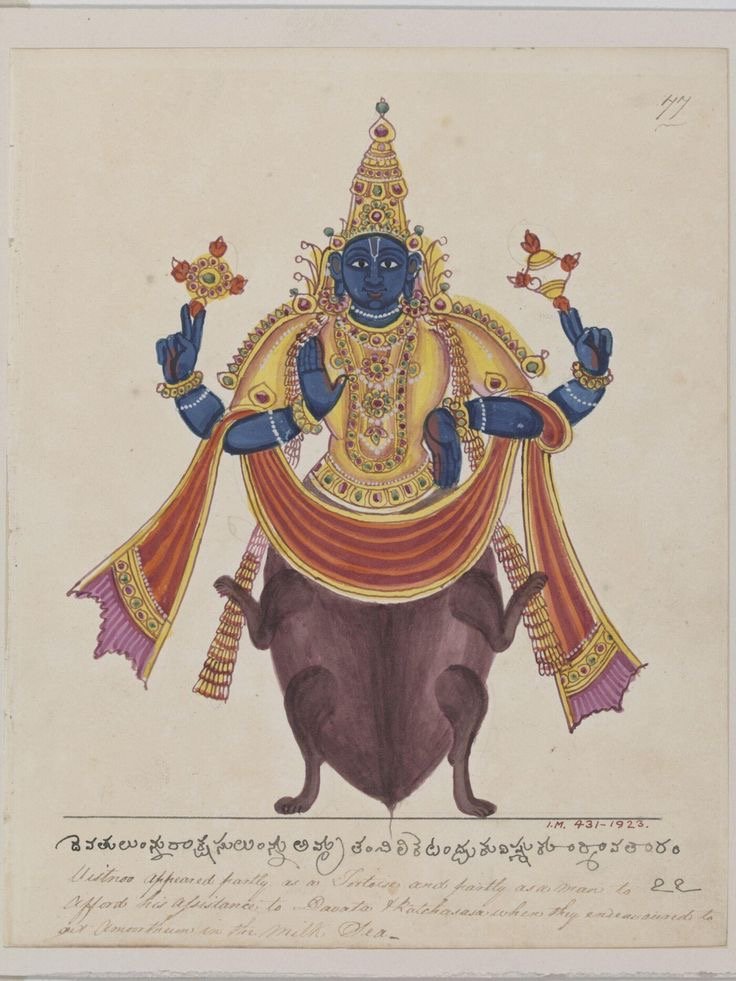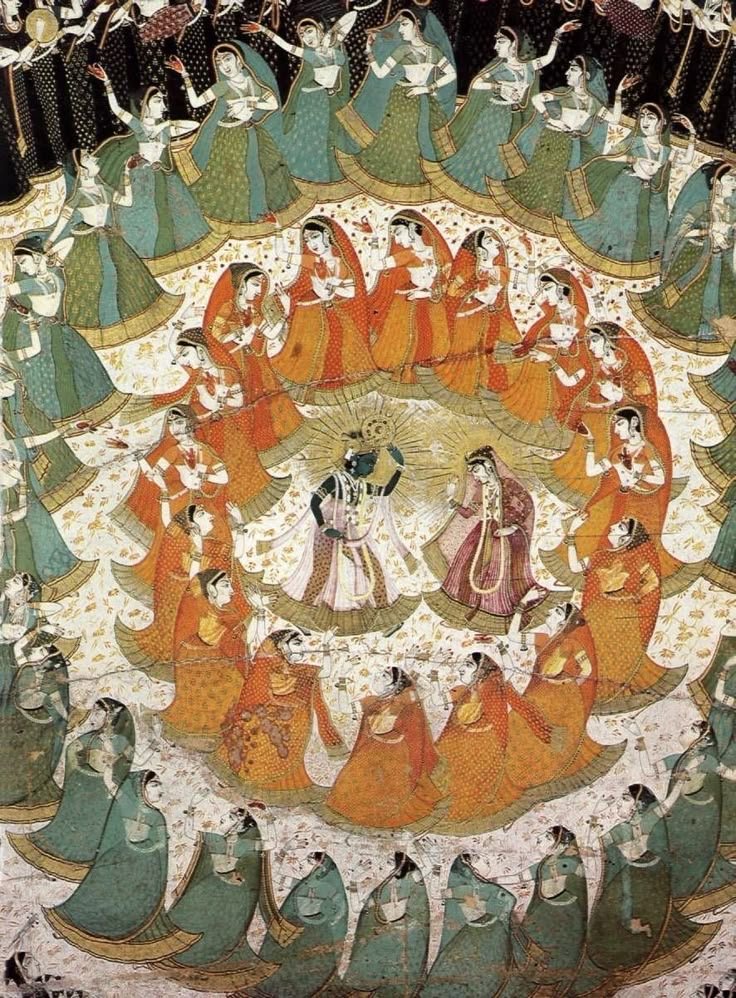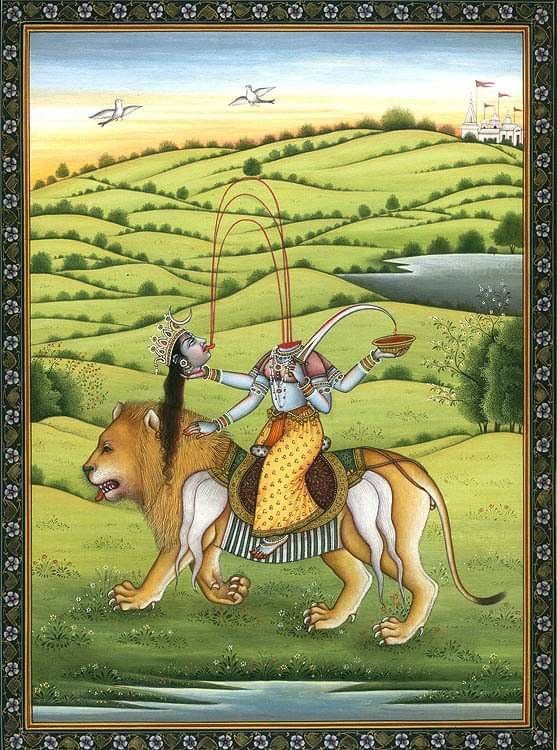FULL MOON
Artwork: Durga on her mount (vahana) Kota, Rajasthan, North-Western India, ca. 1860
May 12th 9:56 AM PST | 22:26 IST
May’s full moon (Pūrṇimā) rises on Monday in the Vedic lunar mansion of Viśākhā विशाखा (sidereal Libra), the Star of Purpose.
With the new moon in Bharaṇī (Aries), we were presented with a culmination of recent energies—a pivotal threshold for purification, revealing deeper layers of the self, and initiating us into transformative new beginnings.
Libra, the sign most in need of balance, holds Viśākhā at its edge. This asterism, said to be the birth star of Sūrya Graha (the Sun), invites us to clarify our intentions. Through the churning of duality, the singular is born. Success now depends not only on the goals we set, but on whether they serve a larger whole. There is power in sustained effort and one-pointed focus—while also softening our attachment to the outcome.
Artwork: Pinterst
Viśākhā is symbolized by a triumphal arch, suggesting arrival and initiation, and its name means "two-branched"—signifying the crossroads of choice. Ruled by two deities, Indra (king of the gods and storms) and Agni (god of fire), this lunar mansion awakens the śakti (energy) of ambition, devotion, and courageous pursuit.
It supports the inner fire needed to clear what has outlived its purpose and to devote oneself to building anew. This lunation invites a quiet harmonizing between self and other—not through striving, but through sincere presence.
This full moon is also known as Buddha Pūrṇimā—the night Siddhārtha Gautama, the one we now revere as the Buddha, sat beneath the Bodhi tree and vowed not to rise until he had seen the truth. Through the long hours of night, he faced the illusions of the mind and the final tests of the path. By dawn, he crossed the threshold into awakening.
Artwork: Pinterest
This full moon also marks Kūrma Jayantī, honoring the second avatāra of Lord Viṣṇu. In this form, Viṣṇu incarnated as the divine tortoise to support Mount Mandara during the Samudra Manthana—the cosmic churning of the ocean. Kūrma avatāra is associated with Śani Graha, who embodies steadiness, restraint, and the capacity to bear what others cannot. Śani exalts in the heart of Libra—governing the control and measured flow of prāṇa that steadies the path of dharma.
We will explore more in our monthly gathering:
Vidyā & Chai — Group Meditation & Sacred Storytelling
5/11 5:30 PM PST | 5/12 6AM IST
More info and blog link in bio.
All my Relations - Tulsi
“Ground yourself, strip yourself down,
To blind loving silence.
Stay there, until you see
You are gazing at the Light
With its own ageless eyes”
~ Jalaluddin Rumi













